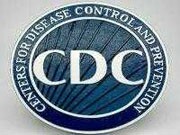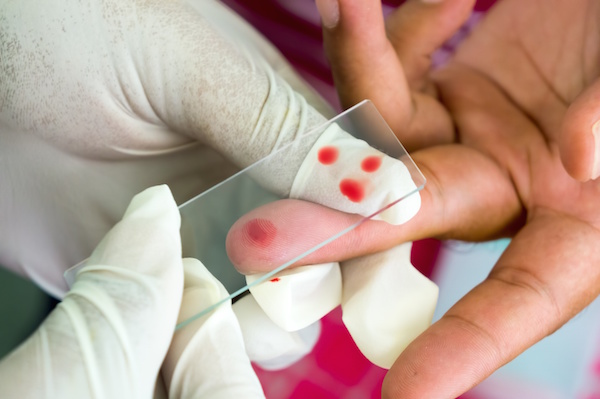
FRIDAY, July 11, 2014 (HealthDay News) — U.S. health officials have concluded that it’s highly unlikely any lab workers were exposed to live anthrax during a safety mishap last month.
But, the U.S. Centers for Disease Control and Prevention officials have announced a moratorium on the transfer of any dangerous germs or materials from high-level government labs.
In a report issued Friday, the CDC outlined several measures the agency will take to make sure a similar incident doesn’t occur again. Last month, as many as 75 workers were potentially exposed to anthrax because safety procedures weren’t followed.
Early reports had indicated that one of the CDC’s high-level biosafety labs in Atlanta was preparing the anthrax samples for research in lower-level labs. The high-level lab did not adequately inactivate the samples before sending them to the other labs, which aren’t equipped to handle live anthrax samples. Workers at the lower-level labs, believing the samples were inactivated, weren’t wearing proper protective equipment while handling them, the agency has said.
Another safety incident, when coupled with the anthrax scare, prompted the moratorium, CDC officials said in a statement issued Friday.
In that second event that occurred earlier this year, a relatively benign strain of flu virus was accidentally cross-contaminated with the deadly H5N1 flu virus in the CDC’s Influenza Laboratory. No staffers were exposed to the contaminated flu virus, but that lab has been shut down pending a final safety review.
“The report released today concludes that the scientists’ failure to follow an approved, written study plan that met all laboratory safety requirements led to dozens of employees being potentially exposed [to anthrax],” CDC officials said in the statement.
“There was a lack of standard operating procedures to document when biological agents are properly inactivated in laboratories as well as a lack of adequate laboratory oversight of scientists performing work in these labs,” they added.
Other actions the CDC plans to take include creating independent review groups that will find ways to speed up improvements to lab safety. Also, “appropriate personnel action will be taken with respect to individuals who contributed to or were in a position to prevent” the anthrax episode, the agency said.
According to the U.S. National Institutes of Health (NIH), anthrax is actually a disease caused by a germ — bacillus anthracis — that lives in soil. Anthrax is rare, though potentially fatal, and typically affects animals, including cattle, sheep and goats, more often than people. People can get anthrax from contact with infected animals, meat or hides.
Antibiotics can cure anthrax if it’s diagnosed early. But many people don’t know they have anthrax until it’s too late for treatment. A vaccine to prevent anthrax is available for people in the military and others at high risk, according to the NIH.
Anthrax made headlines in 2001 during the bioterror attacks. In the attacks, someone purposely spread anthrax through the U.S. mail system, killing five people and sickening 22.
More information
For more on anthrax, visit the U.S. Centers for Disease Control and Prevention.
Copyright © 2025 HealthDay. All rights reserved.

